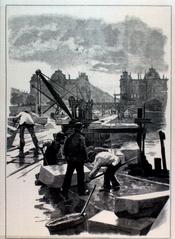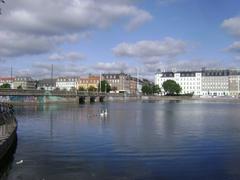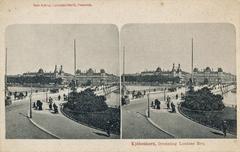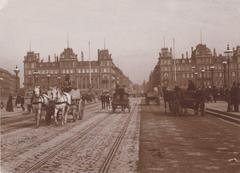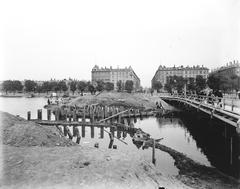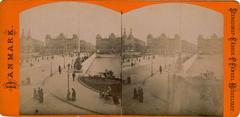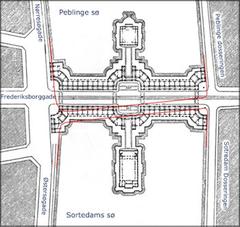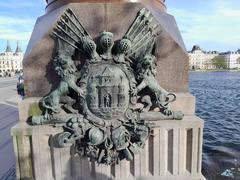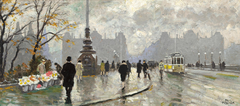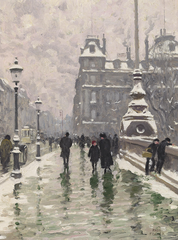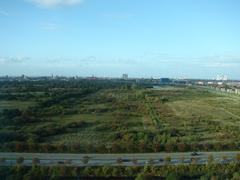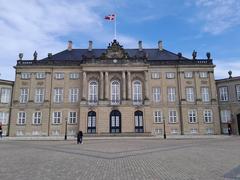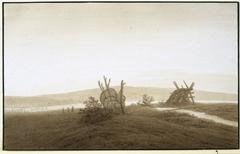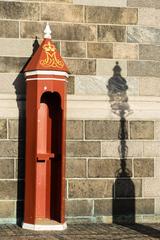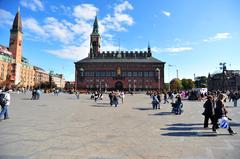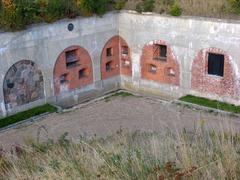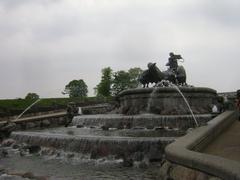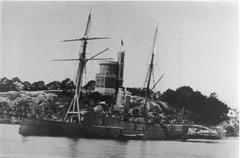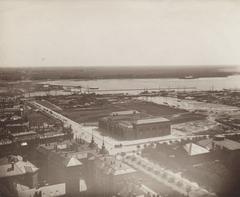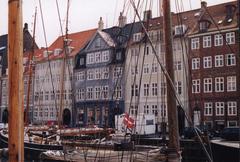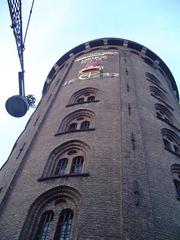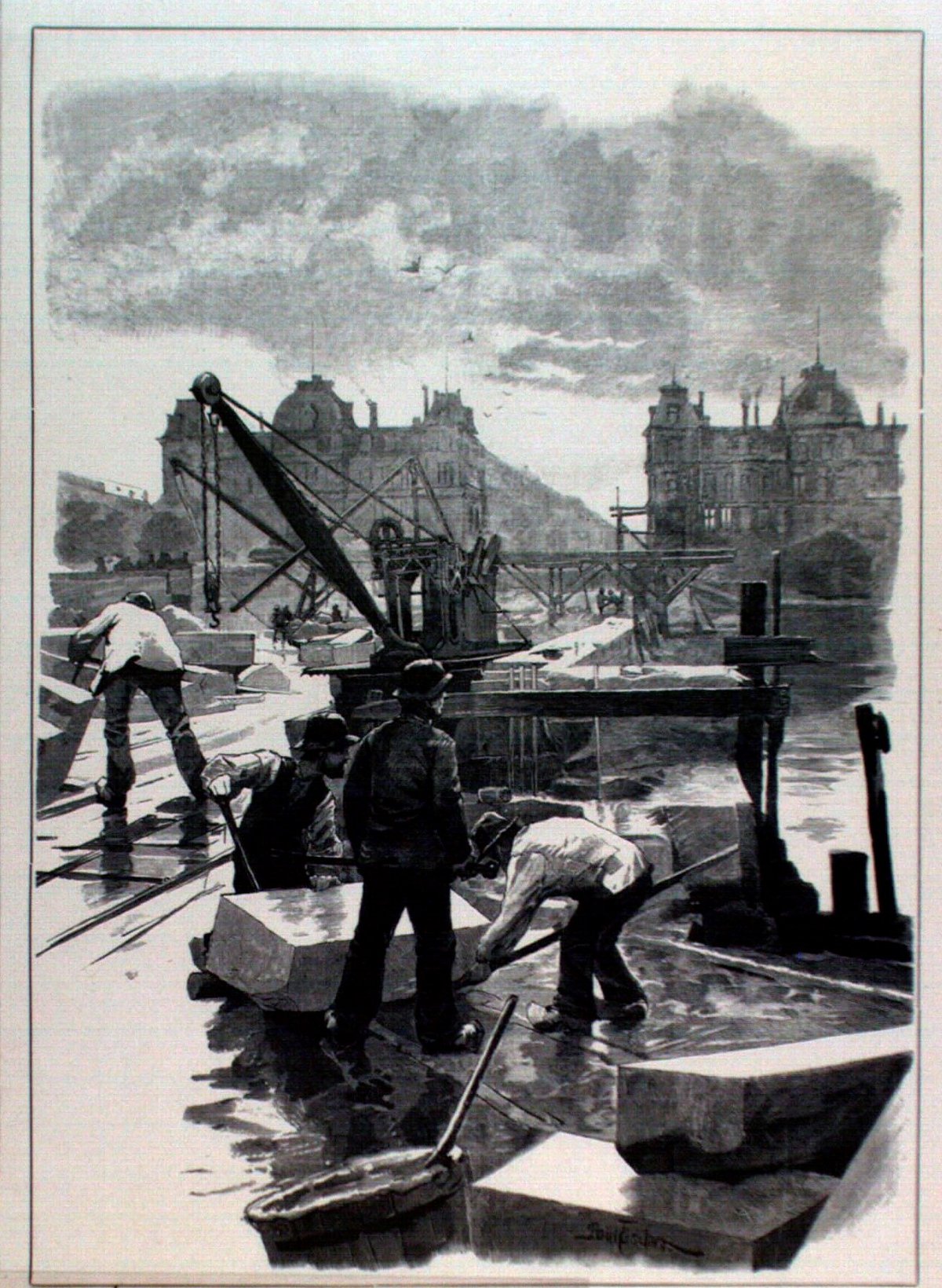
Comprehensive Guide to Dronning Louises Bro in Copenhagen, Denmark
Date: 18/07/2024
Introduction
Dronning Louises Bro, or Queen Louise’s Bridge, is an iconic landmark in Copenhagen, Denmark. Completed in 1887, this historic bridge serves as a vital link between the bustling city center and the vibrant Nørrebro district. Named in honor of Queen Louise, the consort of King Christian IX, the bridge has transformed from a functional crossing for horse-drawn carriages into a beloved social hub that embodies the cultural and architectural heritage of Copenhagen. Visitors to Dronning Louises Bro are treated to breathtaking views of the Copenhagen Lakes, historic buildings, and the ever-changing urban landscape, making it a must-see destination for both tourists and locals alike. The bridge’s wide pedestrian walkways and iconic granite statues offer a unique vantage point to observe the city’s dynamic rhythm, while its role in the local community has solidified its status as a symbol of connection and continuity (Discover the History and Significance of Dronning Louises Bro in Copenhagen). This comprehensive guide delves into the rich history, cultural significance, and practical information necessary for an unforgettable visit to Dronning Louises Bro.
Table of Contents
- Introduction
- Early Days and the Birth of a Bridge
- From Functional Crossing to Beloved Landmark
- Visitor Information and Travel Tips
- A Bridge Through Time - Witness to History
- Dronning Louises Bro Today - A Symbol of Copenhagen
- Nearby Attractions
- FAQ
- Conclusion
Early Days and the Birth of a Bridge
Before the elegant structure we see today graced the Peblinge Lake, a simpler wooden bridge stood in its place. This predecessor, known as “The Laundry Bridge,” served a practical purpose—connecting the city to the common bleaching fields where laundry was hung to dry. Imagine the scene: rows of white linens billowing in the breeze, a testament to the daily rhythms of life in a bygone era.
In 1863, King Frederik VII commissioned a new bridge to honor his beloved wife, Queen Louise. This act was more than just a romantic gesture; it reflected a broader shift in Danish society as the absolute monarchy was coming to an end. The bridge, named for a queen adored by the people, symbolized a new era of connection between the monarchy and its citizens.
From Functional Crossing to Beloved Landmark
Designed by the renowned architect Vilhelm Dahlerup, the bridge opened to the public in 1864. Its elegant arches, cast-iron railings, and granite structure were a testament to the architectural trends of the time. But Dronning Louises Bro was more than just aesthetically pleasing; it quickly became a vital artery in the city, facilitating trade and connecting communities.
As Copenhagen grew and modernized, so did the area surrounding the bridge. The once-rural outskirts transformed into the bustling Frederiksberg neighborhood. Grand boulevards inspired by Paris were laid out, and elegant buildings sprang up, solidifying the area’s status as a fashionable address.
Visitor Information and Travel Tips
Visiting Hours: Dronning Louises Bro is accessible 24/7, making it convenient for an early morning stroll or a late-night walk.
Tickets: There is no admission fee to access the bridge.
Accessibility: The bridge is wheelchair accessible and suitable for strollers.
Photographic Spots: Capture stunning views of the bridge at sunset or sunrise for the best lighting. Don’t miss the chance to photograph the swans gliding across the lake.
Nearby Attractions: Frederiksberg Gardens, the University of Copenhagen, and various cafes and shops along Nørrebrogade.
A Bridge Through Time - Witness to History
Dronning Louises Bro has borne silent witness to the ebb and flow of Danish history. It has seen joyous celebrations, such as the liberation of Denmark after World War II, when jubilant crowds gathered on the bridge, their cheers echoing across the water. It has also witnessed moments of national reflection, serving as a gathering point for peaceful protests and demonstrations.
The bridge’s location, nestled between the city center and the green oasis of Frederiksberg Gardens, has made it a beloved spot for generations of Copenhageners. Students from the nearby University of Copenhagen often cross its path, their chatter and laughter filling the air. Couples stroll hand-in-hand, enjoying the romantic views, and families pause to watch the swans glide across the lake.
Dronning Louises Bro Today - A Symbol of Copenhagen
Today, Dronning Louises Bro remains a vital link in Copenhagen’s infrastructure, but it’s much more than just a bridge. It’s a symbol of the city’s rich history, its architectural elegance, and its enduring connection to its past. As you stand on the bridge, taking in the panoramic views of the lake, the gardens, and the cityscape beyond, remember that you’re standing on a piece of Copenhagen’s heart.
Nearby Attractions
The Lakes - A Scenic Backdrop
The bridge’s location, connecting the bustling city center with the tranquil green spaces of Nørrebro, offers breathtaking views of the Copenhagen Lakes. These five interconnected lakes, once part of the city’s fortifications, are now a recreational haven. Pedal boats glide across the water, swans gracefully navigate the surface, and the lush greenery provides a serene escape from the urban bustle.
Frederiksberg Gardens
Nearby, the Frederiksberg Gardens offer a lush, green escape from the city. These expansive gardens are perfect for a leisurely stroll, a picnic, or simply enjoying the natural beauty of Copenhagen.
The University of Copenhagen
Just a short distance from the bridge, the University of Copenhagen is one of the oldest and most prestigious universities in Europe. Its historic buildings and vibrant student life add to the dynamic atmosphere around Dronning Louises Bro.
FAQ
Q: Are there guided tours available for Dronning Louises Bro? A: While there are no specific guided tours for the bridge itself, many city tours include it as a point of interest.
Q: What is the best time to visit Dronning Louises Bro? A: Early morning or late afternoon is ideal for avoiding crowds and capturing beautiful photographs.
Q: How can I get to Dronning Louises Bro? A: The bridge is easily accessible by foot, bike, or public transportation. Buses and metro lines have stops nearby.
Conclusion
Dronning Louises Bro is more than just a bridge; it is a vibrant tapestry woven from the threads of Copenhagen’s history, culture, and social life. From its inception in the late 19th century to its current status as a beloved urban landmark, the bridge has borne witness to the city’s evolution while maintaining its architectural elegance and cultural significance. Visitors to Dronning Louises Bro can immerse themselves in the scenic beauty of the Copenhagen Lakes, explore the eclectic neighborhoods it connects, and engage with the local community in a space that encourages leisure and reflection (Visiting Dronning Louises Bro - History, Cultural Significance, and Practical Information). Whether you’re capturing the perfect photograph, enjoying a peaceful lakeside picnic, or simply observing the daily life of Copenhageners, Dronning Louises Bro offers a unique glimpse into the heart and soul of the city. For those planning a visit, this iconic bridge promises an experience rich in history, culture, and natural beauty, making it a quintessential part of any Copenhagen itinerary (Ultimate Guide to Visiting Dronning Louises Bro - Tips, History, and Nearby Attractions).
